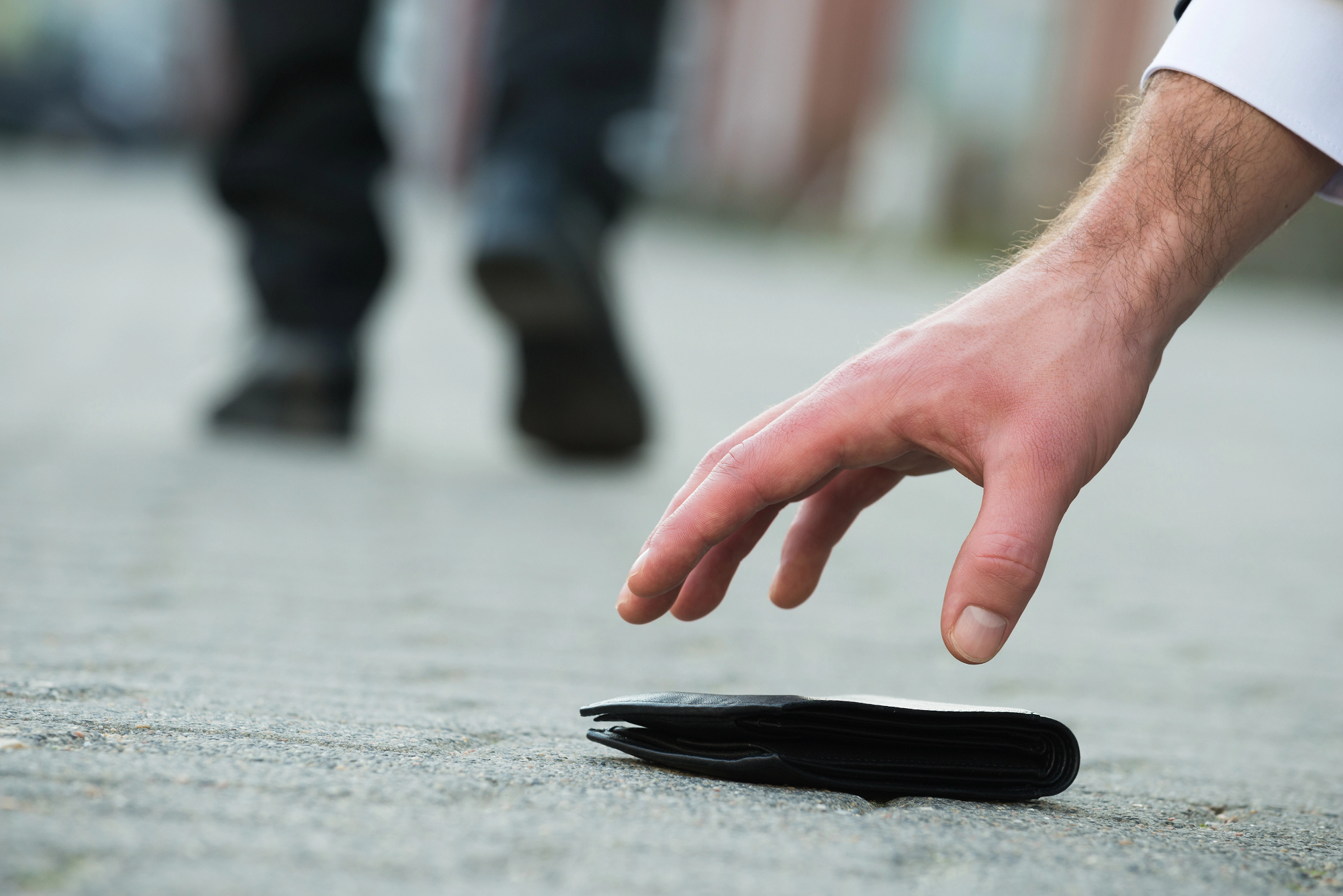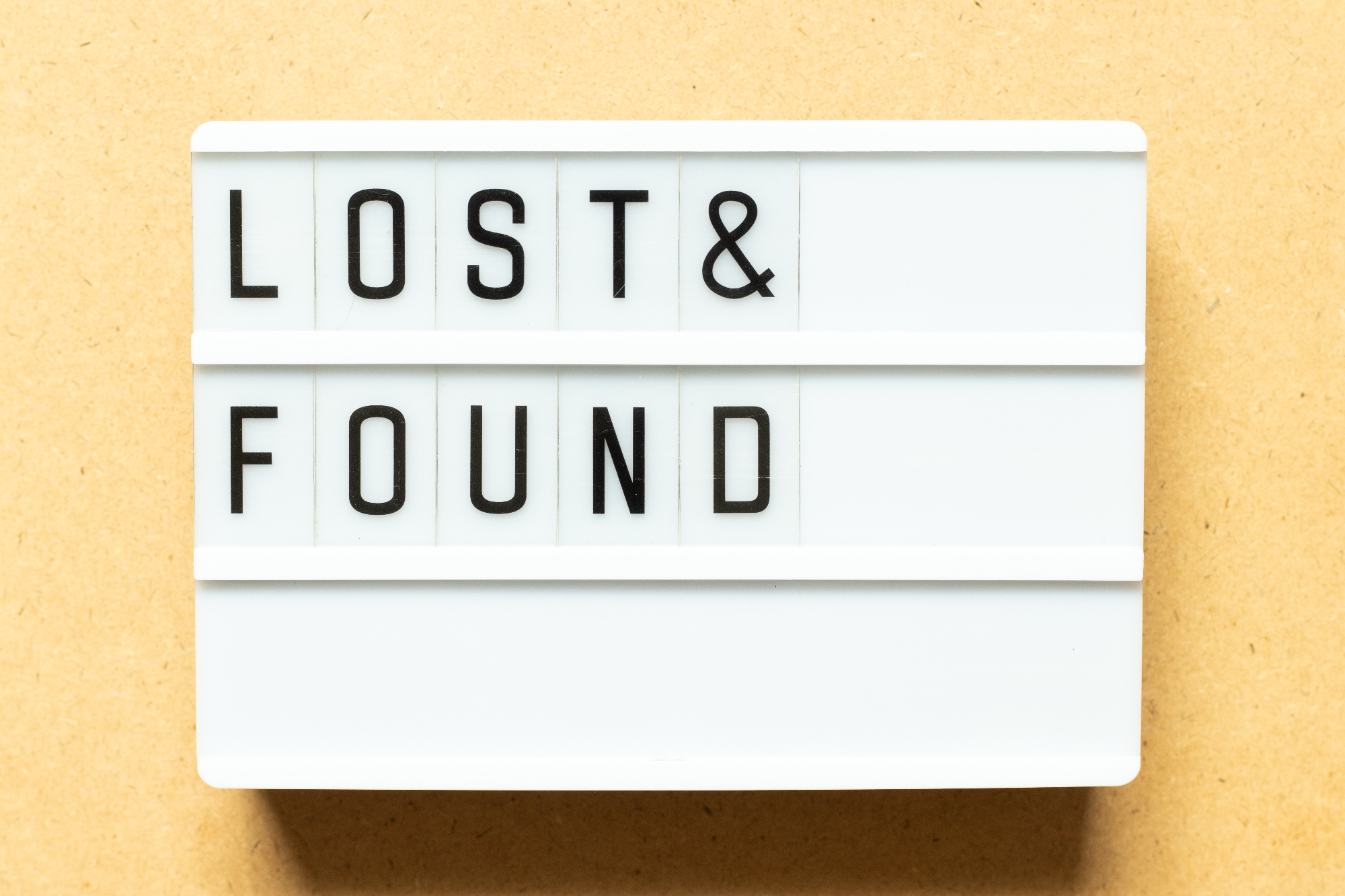Understanding the pain and frustration of misplacing personal belongings, various strategies can be implemented to ensure such instances become less frequent in our lives. The concept of lost and found isn’t new, but its implementation has seen a drastic evolution over the years. Nowadays, we have the assistance of technology that aids us in keeping track of our items more efficiently than ever before. One popular approach is utilizing smart devices like Bluetooth trackers which can be attached to keys, wallets or put into bags – essentially any item you fear losing. These trackers are connected to an app on your smartphone which alerts you when you’re getting too far from the tracked item. Companies like Tile and Chipolo specialize in such products. Another solution lies within RFID (Radio Frequency Identification) technology. An RFID tag emits a radio signal containing information about an item’s identity similar to how barcodes work at grocery checkouts but without needing direct sightline for scanning. This makes them ideal for use where visibility might be an issue like inside luggage or even implanted under pet’s skin. For larger items like vehicles or even people (especially children), GPS tracking devices are becoming increasingly common due to their precise location abilities despite being thousands of miles away from their receiver. Keeping a regular habit of designating specific places for your frequently used items can also significantly reduce chances of misplacement. For example, always placing your car keys on a hook by the door or having dedicated pockets in your bag for essentials like wallet and phone. Having said that, it’s also essential to acknowledge human limitation in remembering every single detail amidst our hectic lives and hence investing time into organizing our spaces better can go a long way towards preventing items from getting lost in the first place. Finally yet importantly, maintaining an updated inventory list whether digitally via apps or traditionally using pen-paper method not only helps keep track but also acts as reference during times when memory fails us. In conclusion, while there’s no foolproof way to completely eliminate the possibility of misplacing our belongings, these strategies and technologies can certainly make a big difference in how we manage the lost and found aspect of our lives. The combination of mindful habits with smart technology is a powerful strategy that can drastically reduce time spent looking for lost items, giving us more time to focus on what truly matters.

However, as technology continues to advance and we become increasingly reliant on a multitude of devices, it’s also important to consider the impact of digital clutter. Just like physical items, digital files can get lost in the vastness of our devices. This is where digital asset management systems come into play. These tools not only help keep track of your digital belongings but also make them easily retrievable through efficient search functionalities. In this way, the concept of lost and found extends beyond our tangible possessions into the virtual realm. Moreover, there are now various apps available that function as a sort of digital lost and found, allowing users to report lost items which can then be matched with found ones reported by others. Such community-based approaches have seen success in areas where population density is high and people are tech-savvy. The introduction of AI-powered voice assistants like Amazon’s Alexa or Google Assistant has introduced another layer to keeping track of our belongings. We can simply ask these assistants where an item is located and they will provide us with its last known location based on their tracking ability. Incorporating these strategies into our day-to-day routines may seem overwhelming at first; however, once they become habitual, we might find ourselves spending less time searching for misplaced items – both physical and digital – therefore reducing stress associated with losing things frequently. Ultimately, managing lost and found effectively involves a combination of traditional methods (like maintaining an organized environment), technological solutions (such as using trackers or asset management systems), mindful habits (like always putting things back in their designated place) along with being part of informed communities that support each other in finding lost items. With such strategies in place, not only can we spend less time worrying about misplaced items but more importantly focus on activities that bring joy and fulfillment into our lives. After all, while belongings have value, they should never overshadow the importance of experiences shared with loved ones or personal growth achieved through overcoming challenges.
Further, there are now innovative tools and applications that leverage the power of GPS and Bluetooth technology to create a comprehensive lost and found system. These smart devices like Tile or TrackR, keep tabs on your precious belongings such as keys, wallets, or even pets by attaching small tags to them. If you misplace an item, it’s just a matter of checking its location via an app on your smartphone. Even more promising is the potential of these devices to form a kind of ‘crowd-GPS’, where each user’s device can pick up signals from any tagged item within their range – effectively creating a city-wide network for tracking lost items. For businesses dealing with significant amounts of physical inventory or valuable assets, RFID tagging is another effective method for managing lost and found items. Companies like Zebra Technologies offer solutions where every item is tagged with an RFID chip that can be tracked in real time. Coupled with existing strategies mentioned earlier – maintaining an organized environment, using digital asset management systems and AI assistants – adopting these new technologies can significantly streamline our efforts in keeping our belongings safe. Despite the initial effort required in setting up these systems, the long-term benefits greatly outweighs the investment – saving us not only time but also giving us peace-of-mind knowing our valuables are accounted for. This new wave of technological solutions empowers us to take control over both our digital clutter as well as our tangible possessions; reducing instances where we might find ourselves at sea amidst all chaos and confusion. In essence, it allows us to redefine what lost and found means in this modern age.…
